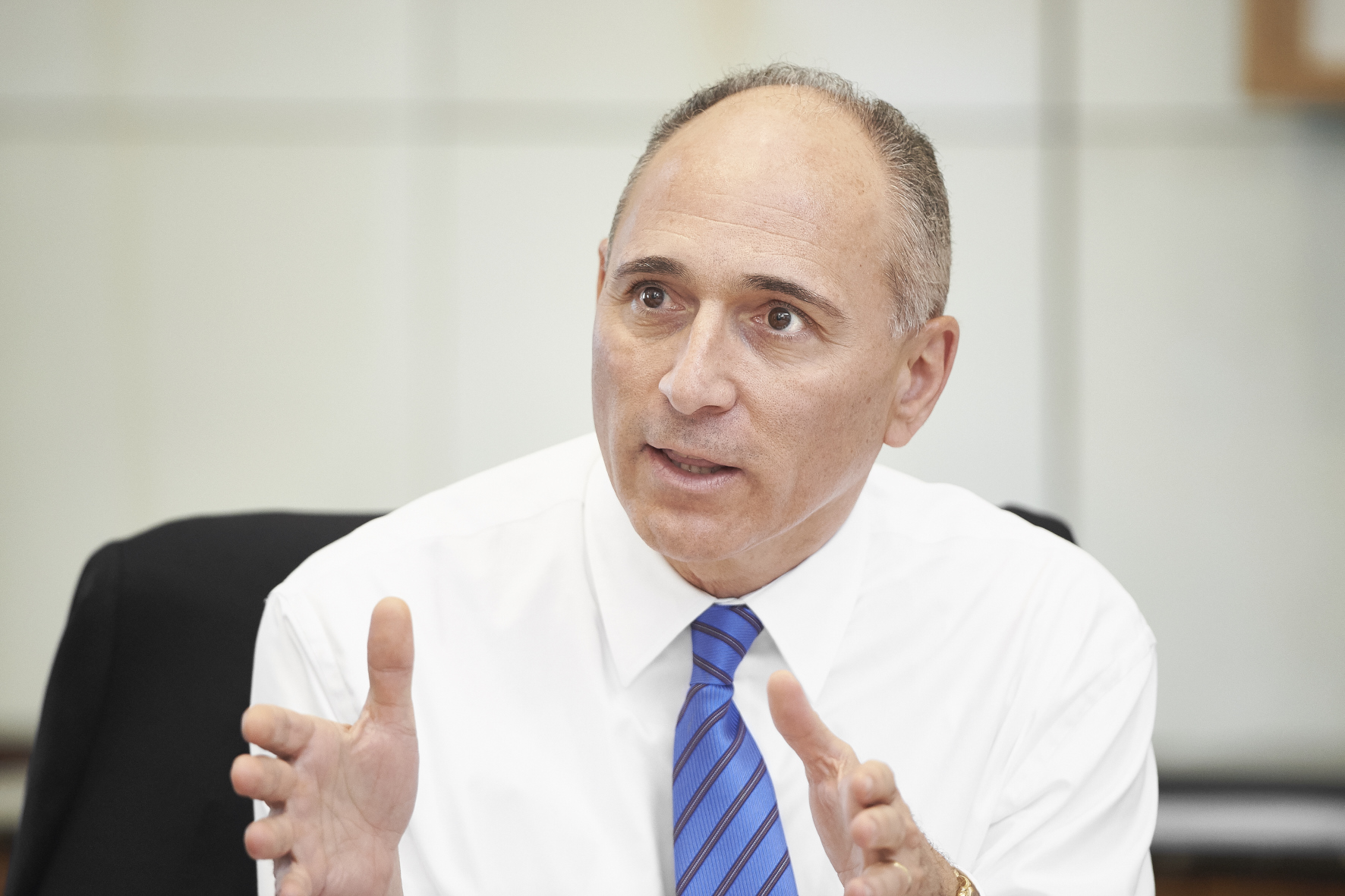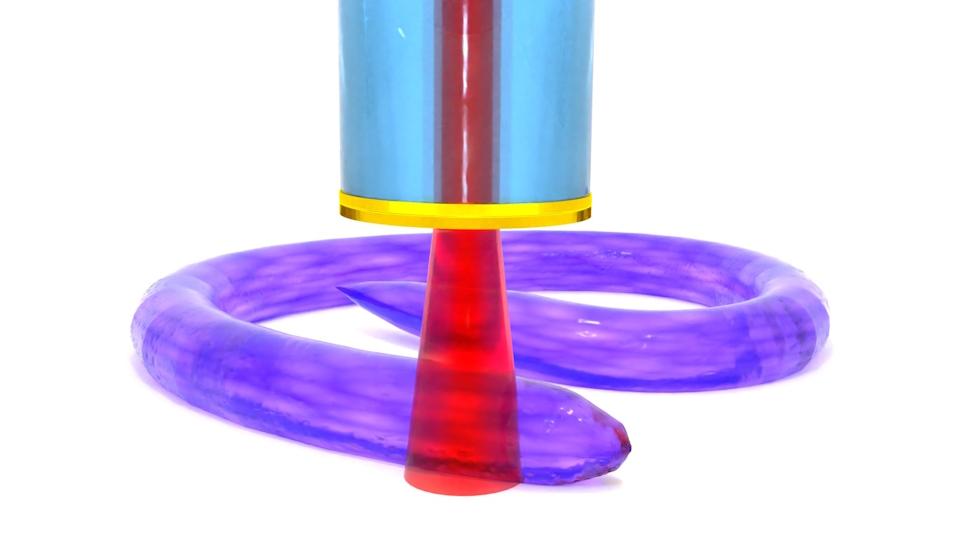Novartis less exposed to US pricing pressure, says Jimenez

Novartis has just announced a 2% decline in its 2016 full year sales, largely thanks to the patent expiry of its blockbuster cancer treatment Glivec in the US.
Net income also declined by 11%, with chief executive Joe Jimenez warning that 2017 would see similar figures, as Glivec will undergo expiry in Europe this year.
But despite the setback Jimenez was confident that growth will begin to return towards the end of 2017. He pointed to strong growth in psoriatic arthritis drug Cosentyx, which has now reached blockbuster status, and the expected approval of new breast cancer drug LEE011 in the first half of this year.
The question of new US pricing pressures loom large for the whole industry. The new US President Donald Trump has promised to clamp down on US pharma prices recently, saying the industry is “getting away with murder”.
Jimenez remained sanguine about these comments, saying he wouldn’t comment on specific tweets, but was convinced that Trump understood the value of pharma’s innovation.
Moreover, he said Novartis was less exposed to expected price pressures in the US. While the US accounts for 50% or more of many big pharma companies’ revenues, for Novartis it is a much lower 30%, with Europe and Asia also accounting for a large share of income.
He pointed also to the company’s diversified structure, including its biosimilars division Sandoz, helping to offset risk.
“What better position to be in than with a $10 billion generics business, which can help healthcare systems to the lower the cost of care with these biosimilars.”
Sandoz is poised to launch biosimilars of two top-selling biologics this year - Roche's Rituxan/MabThera (rituximab) and Pfizer's Enbrel (etanercept).
However there are plans to re-evaluate the company’s structure – it has announced it will review its ophthalmology division Alcon, with a sale or spin-off now a possibility.
Novartis had vowed to restore the division to profitability in 2016, but fell just short, leading it to review its strategy.
Jimenez said he believed a sale of the division would prove attractive, due to the scarcity of healthcare companies for sale in the $25-35 billion bracket.
The company also announced a $5 billion share buyback to take place in 2017, and said its ongoing restructuring and cost saving programme would yield it $1 billion in savings by 2020.












